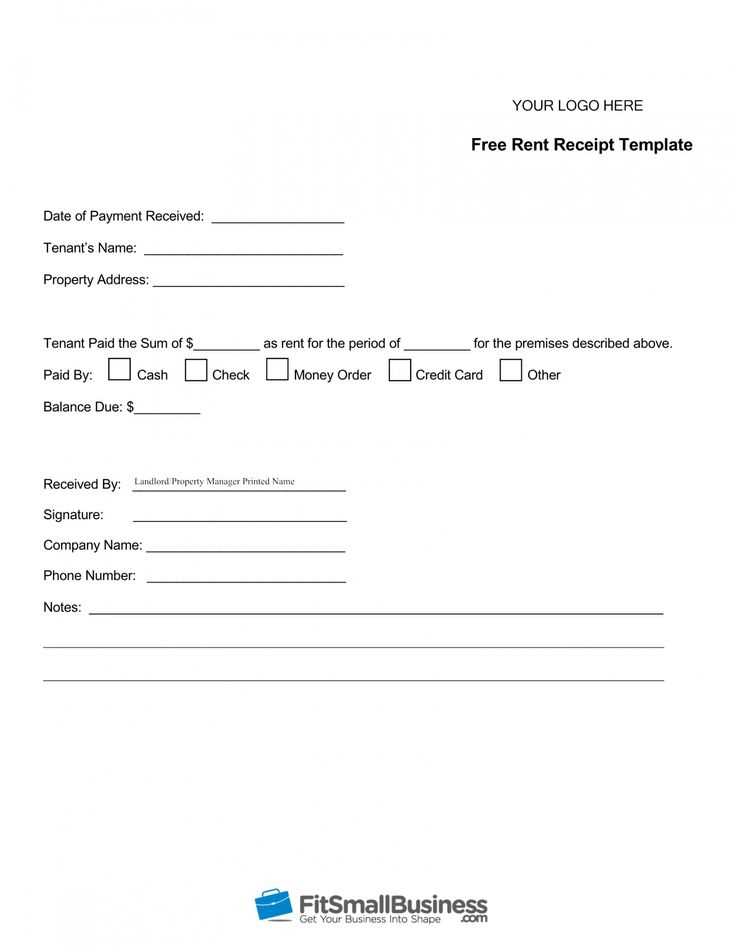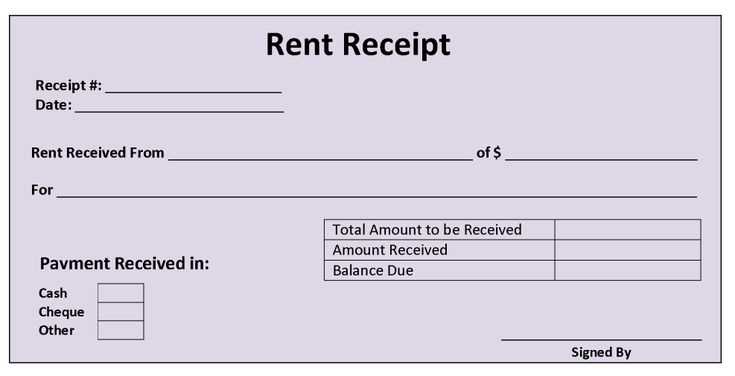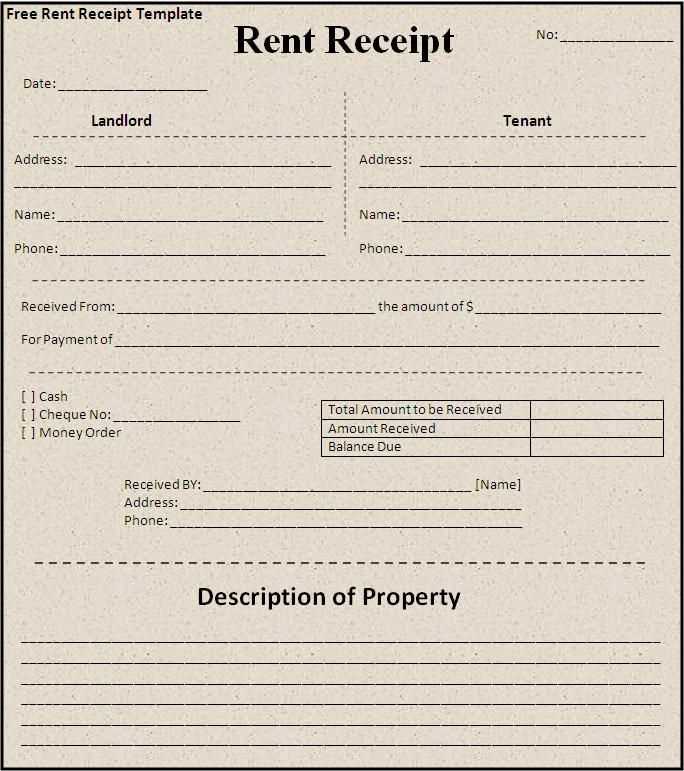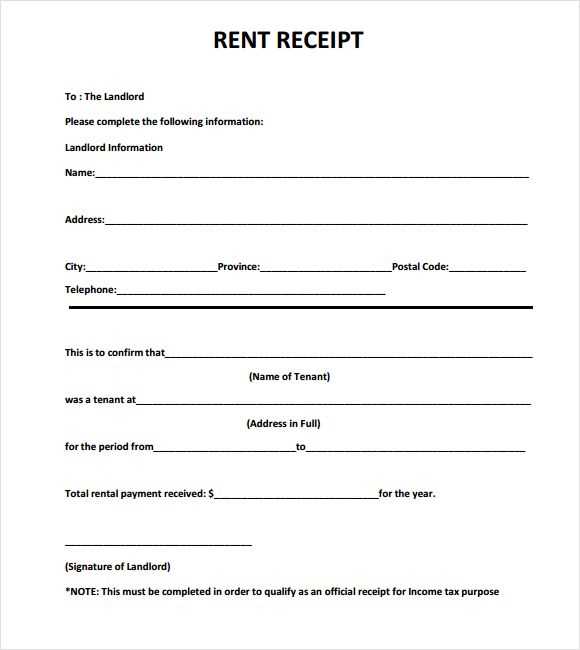
Key Elements of a Rent Receipt
A well-structured rent receipt provides clear documentation of rent payments. Ensure your template includes:
- Landlord’s name and contact details – Full name, address, and phone number.
- Tenant’s name – The individual or business paying rent.
- Property address – The rented property’s full address.
- Payment details – Amount paid, payment date, and rental period covered.
- Payment method – Bank transfer, cash, cheque, or standing order.
- Receipt number – A unique identifier for record-keeping.
- Signature – The landlord’s or agent’s signature for authenticity.
Free Rent Receipt Template

Use this structured template to create your own rent receipt:
LANDLORD RENT RECEIPT Receipt No: [Unique Number] Date: [DD/MM/YYYY] Landlord Details: Name: [Landlord’s Name] Address: [Landlord’s Address] Phone: [Landlord’s Contact Number] Tenant Details: Name: [Tenant’s Name] Property Address: [Rental Property Address] Payment Details: Amount Paid: £[Amount] Payment Date: [DD/MM/YYYY] Rental Period: [Start Date] – [End Date] Payment Method: [Cash/Bank Transfer/Cheque] Signature: Landlord’s Signature: ___________________
How to Use the Template

- Fill in all required fields accurately.
- Provide a copy to the tenant and keep one for records.
- Ensure consistency in numbering and formatting for easy tracking.
Legal Considerations
Although rent receipts are not legally required for bank transfers, providing one can prevent disputes. For cash payments, issuing a receipt is essential to prove transactions.
Landlord Rent Receipt Template UK
Legal Requirements for Rental Receipts in the UK
Key Information to Include in a Payment Receipt
Formatting Guidelines for a Clear and Professional Document
Digital vs. Paper Receipts: Pros and Cons
How to Provide Receipts for Different Payment Methods
Common Mistakes to Avoid When Issuing Payment Receipts
A valid rent receipt must include the full name and contact details of both landlord and tenant, the rental property address, and the exact amount paid. Clearly state the payment date, period covered, and the method used. A unique receipt number helps with record-keeping.
Legal Requirements for Rental Receipts
In the UK, landlords are legally required to provide a receipt for cash payments. While not mandatory for bank transfers, issuing one helps maintain transparent records. Each receipt should acknowledge the payment and confirm whether any outstanding balance remains.
Formatting Guidelines for Clarity

Use a structured layout with clear sections. Align text properly, avoid clutter, and ensure all details are easy to read. A simple table format can improve readability:
| Date | Tenant Name | Amount Paid | Payment Method | Property Address | Landlord Signature |
|---|---|---|---|---|---|
| 01/02/2024 | John Doe | £800 | Bank Transfer | 123 High Street, London | Signed |
Digital receipts offer convenience and security, while paper receipts may be preferred for in-person transactions. Both should be stored safely for future reference.
Avoid common mistakes such as missing payment details, incorrect dates, or failing to provide a signature. Clear documentation protects both parties and ensures a smooth rental process.


